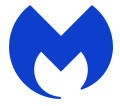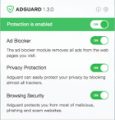What is AccessibilityMethod
AccessibilityMethod is an adware application. Adware is a form of malicious software that displays unwanted advertisements on the web-browser. Some of these ads are scams or fake advertisements created to trick users. Even the harmless advertisements can become really irritating. Adware can also change browser settings and install harmful browser addons.
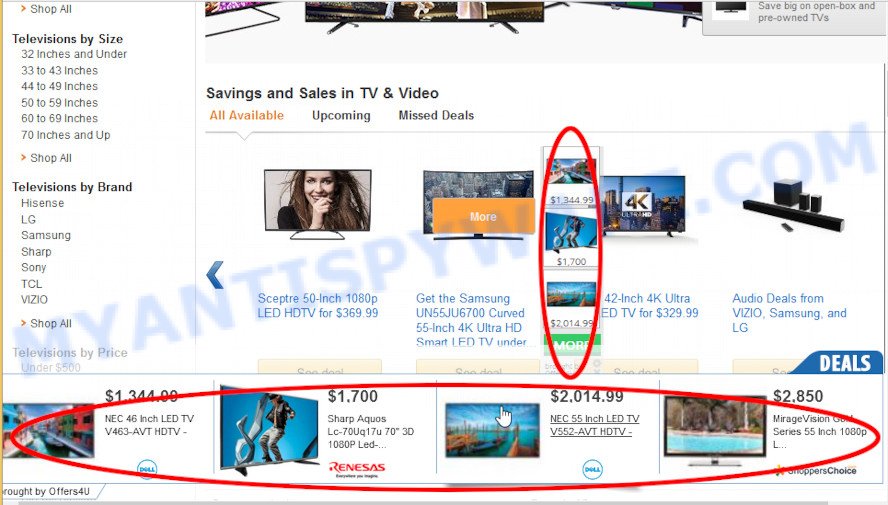
Unwanted ads
Another reason why you need to get rid of AccessibilityMethod is its online data-tracking activity. It can be used to gather a wide variety of confidential information about you such as what websites you are opening, what you are looking for the Web and so on. This confidential data, afterwards, may be transferred to third parties.
How does AccessibilityMethod get on your Apple Mac
Adware spreads bundled with various free applications. This means that you need to be very careful when installing software downloaded from the Internet. Be sure to read the Terms of Use and the Software license, choose only the Manual, Advanced or Custom setup type, switch off all unwanted web browser extensions and apps are offered to install.
Threat Summary
| Name | AccessibilityMethod, AccessibilityMethod 1.0 app |
| Type | adware, PUP (potentially unwanted program), Mac malware, Mac virus |
| Detection Names | OSX.Trojan.Gen, ApplicUnwnt, Osx.Adware.Cimpli, Program:MacOS/Vigram.A, MacOS.Agent-MT, Adware/Adload!OSX, Trojan-Downloader.OSX.Adload and Adware.MAC.Generic |
| Distribution | Freeware installers, fake updaters, torrent downloads and suspicious pop-up advertisements |
| Symptoms | The website links redirect to a web pages different from what you expected, popups and newtabs are loaded without your request, there is an unwanted application in the ‘Applications’ section of the Finder, unexpected toolbars on your desktop, unwanted changes in your browser like using a new default search engine, your web-browser slows to a crawl. |
| Removal | AccessibilityMethod removal guide |
How to remove AccessibilityMethod
In the few simple steps below, we’ll try to cover Firefox, Safari and Chrome and provide general advice to get rid of AccessibilityMethod adware. You may find some minor differences in your Mac OS install. No matter, you should be okay if you follow the steps outlined below: remove all suspicious and unknown applications, reset web-browsers settings, use free malicious software removal tools. Some of the steps below will require you to close this website. So, please read the step-by-step instructions carefully, after that bookmark it or open it on your smartphone for later reference.
To remove AccessibilityMethod, complete the following steps:
- Remove profiles created by AccessibilityMethod
- Uninstall AccessibilityMethod related applications through the Finder
- Remove AccessibilityMethod related files and folders
- Scan your Mac with MalwareBytes
- Remove AccessibilityMethod from Safari, Chrome, Firefox
- How to stay safe online
Remove profiles created by AccessibilityMethod
AccessibilityMethod can install a configuration profile on the Mac system to block changes made to the browser settings. Therefore, you need to open system preferences, find and delete the profile installed by the adware software.
Click the System Preferences icon ( ![]() ) in the Dock, or choose Apple menu (
) in the Dock, or choose Apple menu ( ![]() ) > System Preferences.
) > System Preferences.
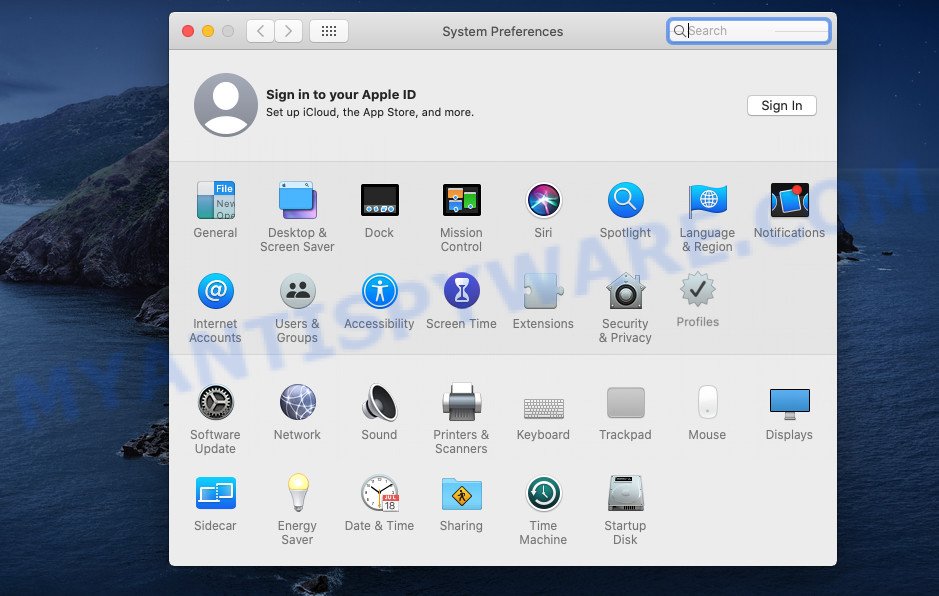
In System Preferences, click Profiles, then select a profile associated with AccessibilityMethod.
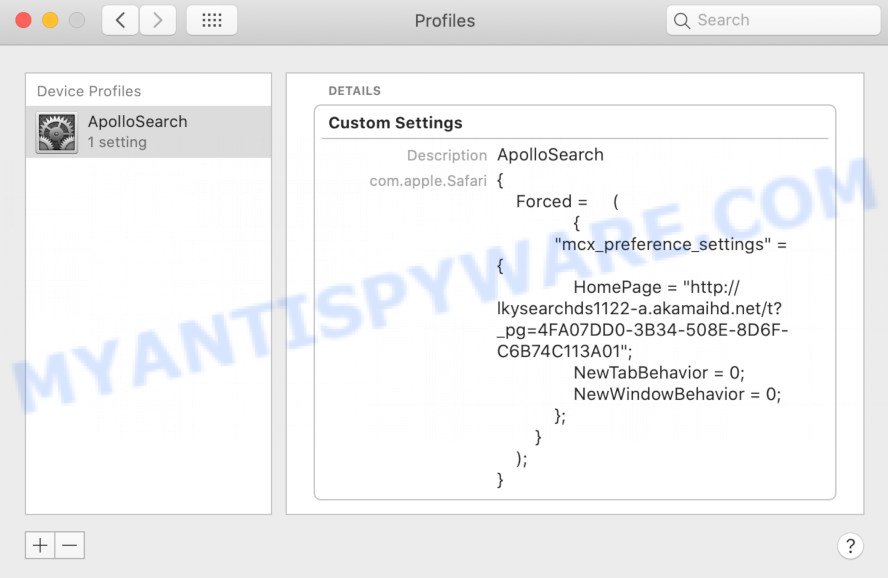
Click the minus button ( – ) located at the bottom-left of the Profiles screen to remove the profile.
Note: if you do not see Profiles in the System Preferences, that means there are no profiles installed on your Mac, which is normal.
Uninstall AccessibilityMethod related applications through the Finder
Go to the Finder and uninstall questionable applications, all programs you do not remember installing. It is important to pay the most attention to software you have recently installed. If you don’t know what a program does, look for the answer on the Internet.
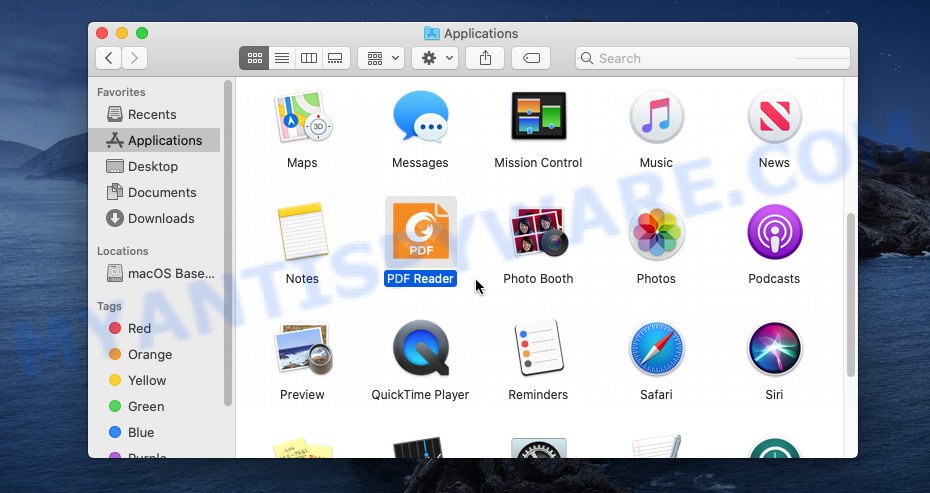
- Open the Finder.
- Click “Applications”.
- It will open a list of all software installed on the Apple Mac.
- Scroll through the all list, and remove dubious and unknown software. Pay maximum attention to the program you installed last.
- Drag the questionable application from the Applications folder to the Trash.
- Empty Trash.
Remove AccessibilityMethod related files and folders
Now you need to try to find AccessibilityMethod related files and folders, and then delete them manually. You need to look for these files in certain directories. To quickly open them, we recommend using the “Go to Folder…” command.
AccessibilityMethod creates several files, these files must be found and removed. Below is a list of files associated with this unwanted application.
- /Library/LaunchDaemons/com.AccessibilityMethod.system.plist
- ~/Library/LaunchAgents/com.AccessibilityMethod.service.plist
- /Library/Application Support/.(RANDOM)/System/com.AccessibilityMethod.system
- ~/Library/Application Support/.(RANDOM)/Services/com.AccessibilityMethod.service.app
Some files created by AccessibilityMethod are hidden from the user. To find and delete them, you need to enable “show hidden files”. To do this, use the shortcut CMD + SHIFT + . Press once to show hidden files and again to hide them. There is another way. Click Finder -> Applications -> Utilities -> Terminal. In Terminal, paste the following text: defaults write com.apple.finder AppleShowAllFiles YES

Press Enter. Hold the ‘Option/alt’ key, then right click on the Finder icon in the dock and click Relaunch.
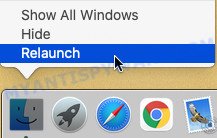
Click on the Finder icon. From the menu bar, select Go and click “Go to Folder…”. As a result, a small window opens that allows you to quickly open a specific directory.

Check for AccessibilityMethod generated files in the /Library/LaunchAgents folder

In the “Go to Folder…” window, type the following text and press Go:
/Library/LaunchAgents
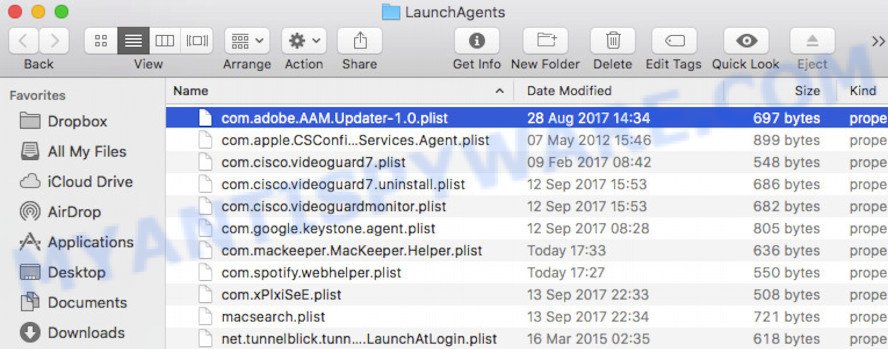
This will open the contents of the “/Library/LaunchAgents” folder. Look carefully at it and pay special attention to recently created files, as well as files that have a suspicious name. Move all suspicious files to the Trash. A few examples of files: com.AccessibilityMethod.service.plist, installapp.plist, search.plist, macsearch.plist, com.google.defaultsearch.plist, , com.machelper.plist and com.net-preferences.plist. Most often, PUPs, browser hijackers and adware software create several files with similar names.
Check for AccessibilityMethod generated files in the /Library/Application Support folder

In the “Go to Folder…” window, type the following text and press Go:
/Library/Application Support
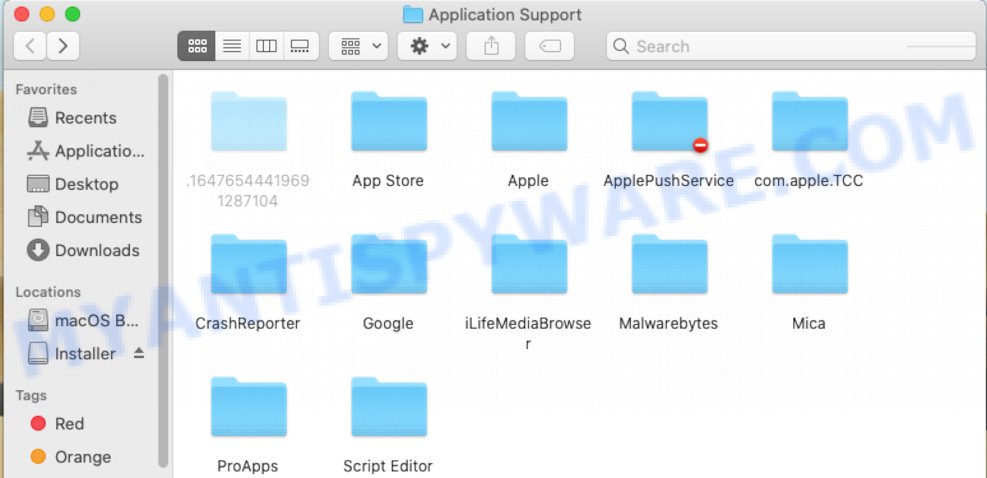
This will open the contents of the “Application Support” folder. Look carefully at its contents, pay special attention to recently added/changed folders and files. Check the contents of suspicious folders, if there is a file with a name similar to com.AccessibilityMethod.system, then this folder must be deleted. Move all suspicious folders and files to the Trash.
Check for AccessibilityMethod generated files in the “~/Library/LaunchAgents” folder

In the “Go to Folder…” window, type the following text and press Go:
~/Library/LaunchAgents

Proceed in the same way as with the “/Library/LaunchAgents” and “/Library/Application Support” folders. Look for suspicious and recently added files. Move all suspicious files to the Trash.
Check for AccessibilityMethod generated files in the /Library/LaunchDaemons folder
In the “Go to Folder…” window, type the following text and press Go:
/Library/LaunchDaemons

Carefully browse the entire list of files and pay special attention to recently created files, as well as files that have a suspicious name. Move all suspicious files to the Trash. A few examples of files to be deleted: com.machelper.system.plist, com.AccessibilityMethod.system.plist, com.installapp.system.plist, com.macsearch.system.plist and com.search.system.plist. In most cases, PUPs, adware and browser hijackers create several files with similar names.
Scan your Mac with MalwareBytes
You can remove AccessibilityMethod associated files automatically with a help of MalwareBytes Anti Malware. We suggest this free malware removal utility because it may easily delete browser hijackers, adware, potentially unwanted programs and toolbars with all their components such as files, folders and system entries.
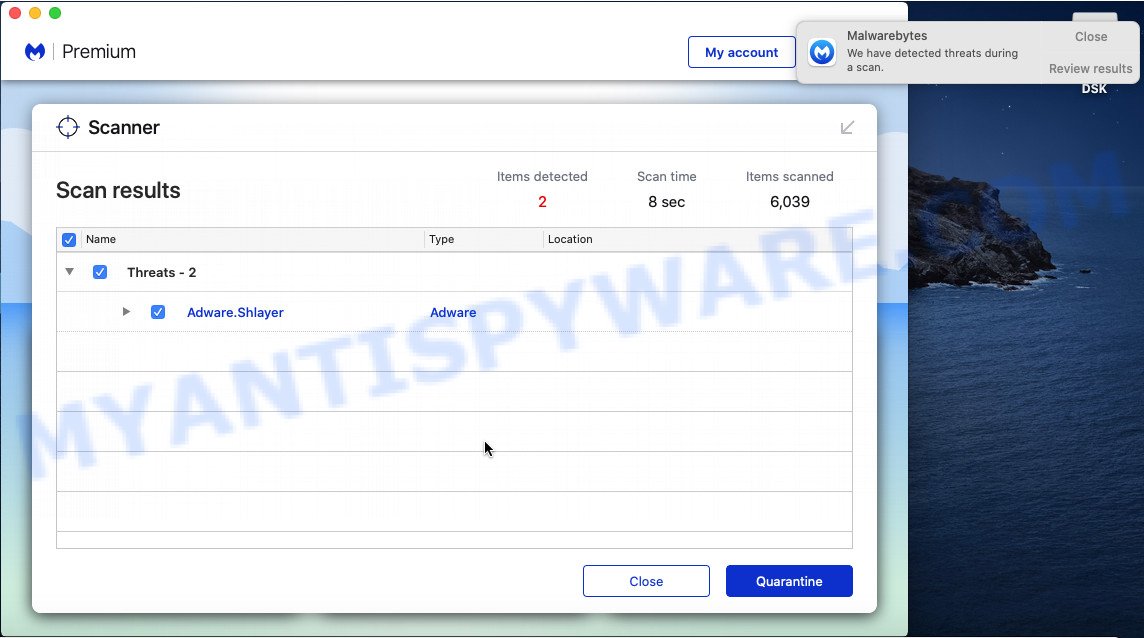
- Click the following link to download the latest version of MalwareBytes for Mac OS.
Malwarebytes Anti-malware (Mac)
21024 downloads
Author: Malwarebytes
Category: Security tools
Update: September 10, 2020
- When the downloading process is finished, please close all apps and open windows on your Apple Mac. Run the downloaded file. Follow the prompts.
- The MalwareBytes AntiMalware will launch and open the main window.
- Further, click the “Scan” button to locate AccessibilityMethod adware. A scan may take anywhere from 10 to 30 minutes, depending on the number of files on your Apple Mac and the speed of your machine.
- After the system scan is complete, MalwareBytes Anti Malware will display a scan report.
- Review the results once the tool has done the system scan. If you think an entry should not be quarantined, then uncheck it. Otherwise, simply press the “Remove Selected Items” button.
- Close the Anti-Malware and continue with the next step.
Remove AccessibilityMethod from Safari, Chrome, Firefox
Remove unwanted add-ons is a simple method to delete AccessibilityMethod adware software and return internet browser’s settings that have been changed by adware software.
You can also try to remove AccessibilityMethod adware software by reset Chrome settings. |
If you are still experiencing problems with AccessibilityMethod adware removal, you need to reset Mozilla Firefox browser. |
|
How to stay safe online
Use adblocker program such as AdGuard in order to stop advertisements, malvertisements, pop-ups and online trackers, avoid having to install harmful and adware browser plug-ins and add-ons which affect your machine performance and impact your Apple Mac security. Surf the Internet anonymously and stay safe online!
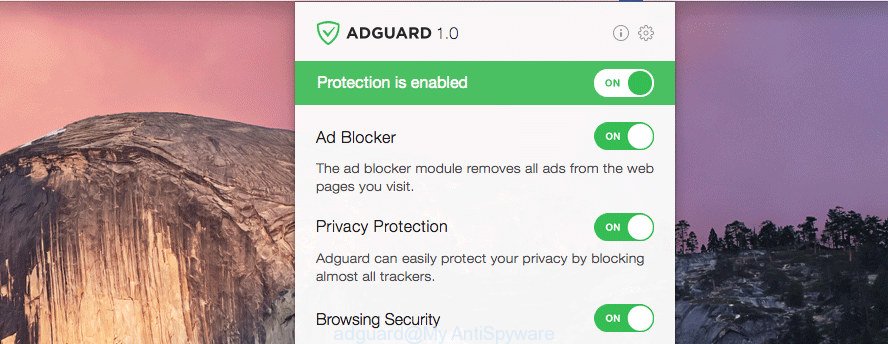
- Please go to the link below to download AdGuard.
AdGuard for Mac download
3782 downloads
Author: © Adguard
Category: Security tools
Update: January 17, 2018
- After downloading is complete, run the downloaded file. You will see the “Setup Wizard” program window. Follow the prompts.
- When the installation is done, click “Skip” to close the setup application and use the default settings, or click “Get Started” to see an quick tutorial that will allow you get to know AdGuard better.
- In most cases, the default settings are enough and you do not need to change anything. Each time, when you start your MAC, AdGuard will run automatically and stop intrusive advertisements, block malicious and misleading web sites.
To sum up
Once you have finished the steps shown above, your MAC system should be free from AccessibilityMethod and other malicious software. The Mozilla Firefox, Google Chrome and Safari will no longer redirect you to unwanted websites and online ads. Unfortunately, if the guide does not help you, then you have caught a new adware software, and then the best way – ask for help here.
